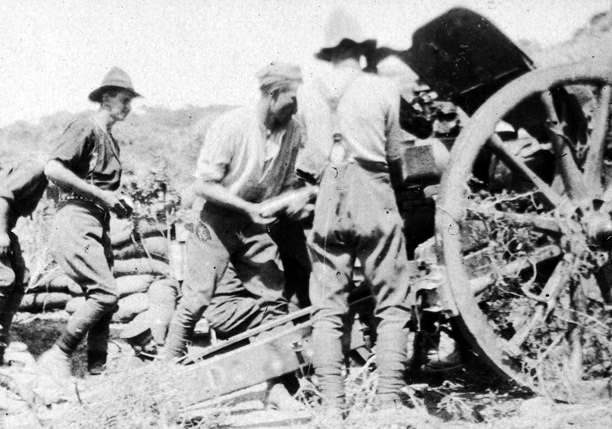
The high-explosive and shrapnel shells fired by the artillery dominated First World War battlefields. They were a constant danger to soldiers in the trenches, and caused a steady stream of casualties. But it was prolonged bombardments that really shook men’s nerves. They often emerged from such episodes in a state of shock, numbed and hardly able to speak. Constant concussions and the fear of imminent oblivion by being blown to pieces, shattered by shell fragments or buried alive was almost impossible to bear.
Artillery units used wheeled cannon, known as field guns or howitzers, to destroy enemy forces and fortifications and clear obstacles such as barbed wire to enable infantry to advance.
The artillery were the second-largest component of the New Zealand Expeditionary Force, after the infantry. Most artillerymen were attached to batteries of 18-pounder field guns, while a few used howitzers. The ammunition was transported and supplied to the guns by ammunition columns. From 1916, trench mortar units were attached to the New Zealand artillery and infantry.

Community contributions